Friday's views and photos of the solitary sandpiper at Stodmarsh NNRwere unbelievable and despite the forecast of heavy rain, Kev @kev07713 and I decided this was an opportunity not to be missed - hey, we'd be in a hide.
Stodmarsh National Nature Reserve (NNR) is owned by Natural England, located just outside Canterbury, and managed for wildlife and visitors. It is an area of wetland with marshes, reedbeds, lakes and woodland with over 6 kilometres of footpaths, including a circular walk around the whole site. We were here to find the Reedbed Hide as it was the best viewpoint from Friday's posts.
The solitary sandpiper breeds in woodlands across Alaska and Canada and is a migratory bird, wintering in Central & South America, especially in the Amazon River basin and the Caribbean. It is a very rare vagrant to the UK and western Europe, usually being found in the summer–autumn period.
Almost all sandpipers migrate in flocks and nest on the ground, but the solitary sandpiper breaks both rules. In migration, as its name implies, it is usually encountered alone. In summer in northern spruce bogs, rather than nesting on the wet ground, the solitary sandpiper lays its eggs in old songbird nests high in trees. It mostly forages in shallow water, moving about actively, picking items from surface and probes in water and mud. Quite a similar behaviour to our closely allied green sandpiper. In the field you have to really pay attention to separate the species. A cracking post by Gaz Foreman @GadgetGazPhoto on X (formerly Twitter) shows some great photos but also has one that allows a detailed comparison between the green and solitary sandpipers to be made. Kev and I studied this in preparation.
We arrived at the Reedbed Hide to find that there was still space on the benches - it was just after sunrise and this bird was popular - getting one a year in the UK is not always the case. Kev set up his scope and we settled in hoping for success. While there had only been a slight drizzle so far, and dry from the car to the hide, the heavens now opened. After just over an hour a sandpiper dropped in along the water's edge - everyone jumped to attention and started checking out the bird - a green sandpiper ... not our quarry but it was a start!
Gradually the bird worked along the water's edge, getting closer and closer. Our hopes were high now that a sandpiper had appeared - perhaps the solitary species would appear to join this bird - it had been associating with a green sandpiper in recent days ...
Before long the green sandpiper was up and away, flying past the hide and out of sight. Marsh harriers, teal and mute swans dominated our sighting now and while we had little else to do, I repeatedly counted to get a peak for each of the species on the water: teal 162, and mute swans 29. At one point a number of teal to our left took to the air and as we waited, we had a fabulous pass from a female sparrowhawk.
A chap we'd met at the magnolia warbler, and then at RSPB Frampton for the buff-breasted sandpiper left the hide to. see if he could locate the bird elsewhere on the reserve in spots where sightings had been made previously - he came back soaked and joined us at the window and we chatted - he runs a YouTube channel S2SBirda - Summit to Seashore Birding Adventures and is well worth a watch if you get time. On his channel he shares birding adventures, trip reports, day twitches for rare birds and tutorials.
By around 11.00am a green sandpiper arrived, this time spinning around to land facing away from us, showing a great flash of its white tail/rump. Even before it landed, we knew we were not on our target bird and on investigation it was confirmed. Sadly, no solitary sandpiper joined it before in just a couple of minutes (and after a preen) it was off again, leaving as before.
The sun came out for an hour, and we hoped this might result in a change in our fortunes - unfortunately not as far at sandpipers went. While scanning though I picked up a bittern flying along the reeds at a distance of 225m+, raising the attention of others in the hide I snapped a few records shots hoping that at least I'd have something to show for the day. Directly in front of the hide was a stick, there to entice a kingfisher. However, a lovely grey wagtail dropped onto the stick and posed for photos - normally this wouldn't have resulted in a bunch of photographers snapping away but there had been limited action and so most joined in.
Time passed, and we watched as marsh harriers quartered the reed beds, both males and females - the green sandpiper visited a couple more times but for shorter periods. The teal and swans moved around the site but other than kestrels and crows mobbing sparrowhawks there was little more to add - as we left the grey wagtail repeated the pose on the stick planted near the water's edge. It was a frustrating day with 8 hrs in the hide and a long drive home for Kev.


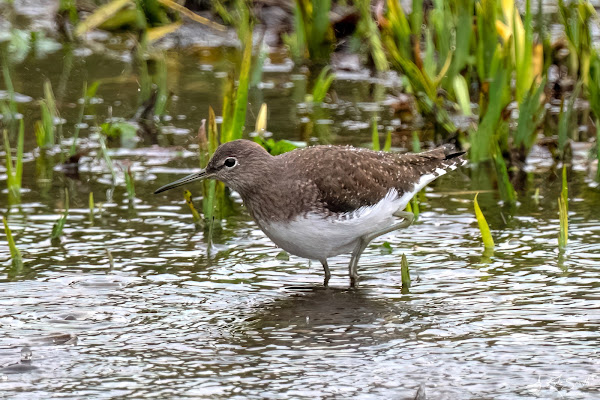
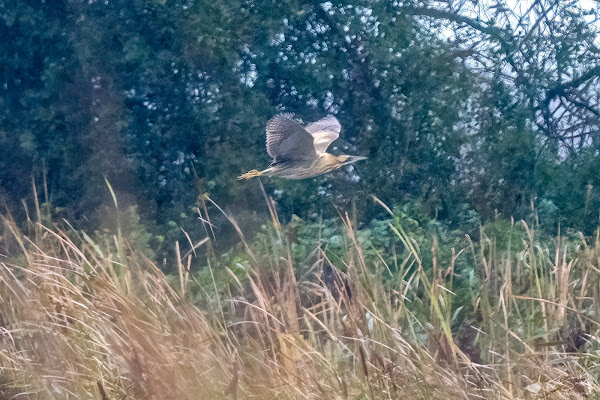

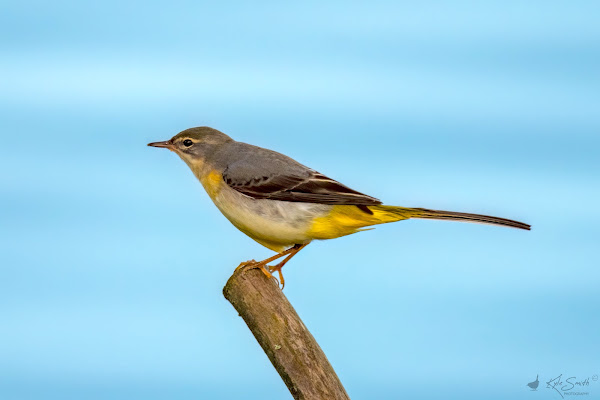
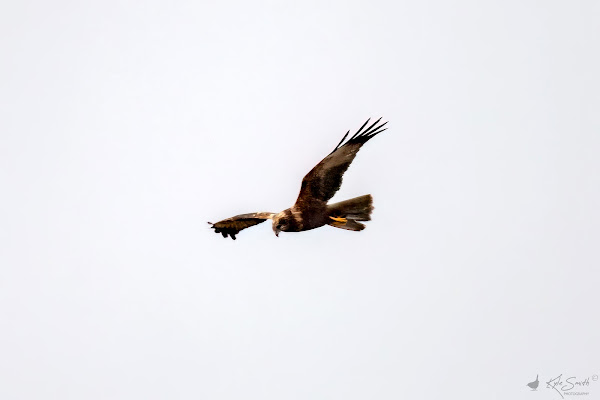
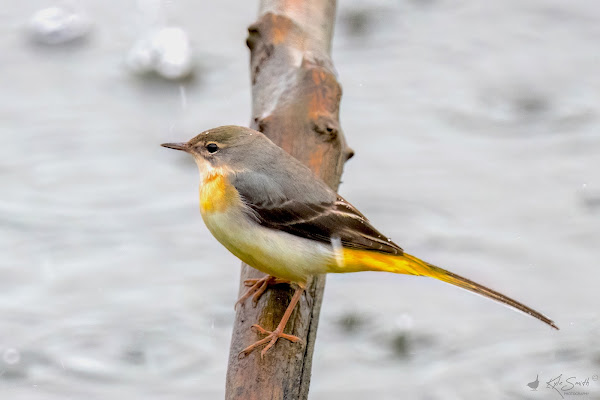
No comments:
Post a Comment